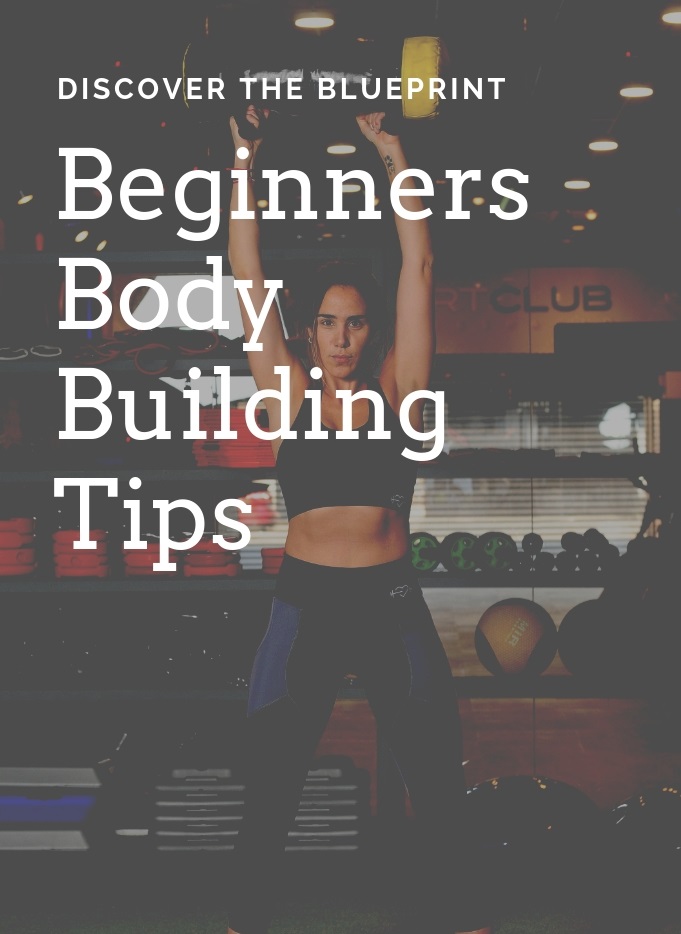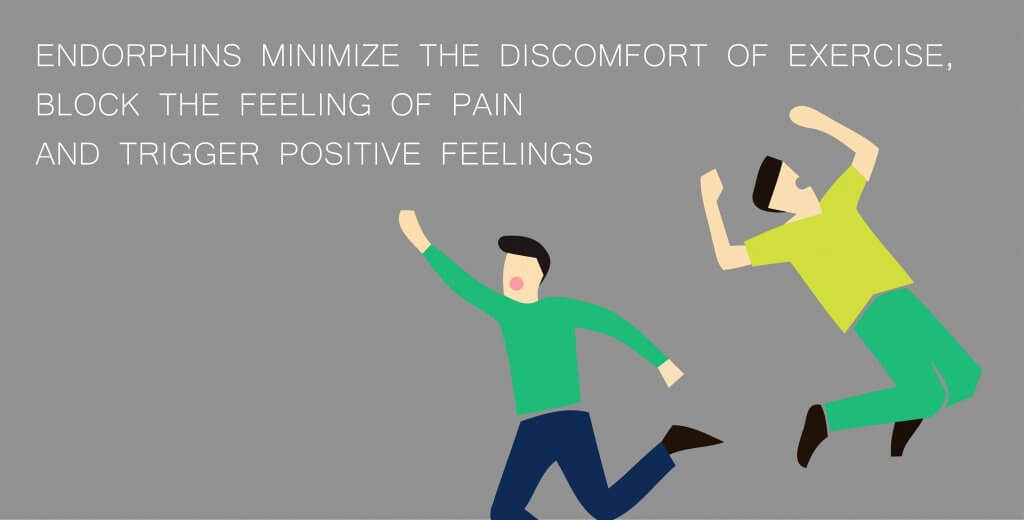
USF offers a unique program for personal training. The FIT Program combines students and faculty to provide customized training plans for clients. Participants will complete a fitness assessment in order to assess their fitness and create customized training programs. A post-assessment is conducted to track their progress. Maureen Chiodini, Joseph McMiller and Joseph McMiller, Exercise Science instructors, say that the FIT Programme is a valuable addition to their classes. The FIT Program participants at USF are delighted with the experience and excited to begin working with clients.
USF personal trainers work to ensure that students meet the required standards to work in the field of personal training. They are NCCA accredited and all courses prepare participants to take the NASM certification test. They provide tools and guidance that will help you become a successful personal coach. There are many topics covered, including anatomy and physiology as well nutrition and form and method instruction. The online modules are available to help clients learn more about anatomy, anatomy, and physiology.

USF offers a range of fitness programs. A variety of sessions are available if you'd like to work with a certified personal training professional. In addition to customized workouts, USF also provides group fitness classes and one-on-one training. You can also choose to participate in NASM-accredited fitness classes. The online modules are complimentary and supplement in-person instruction. They offer general guidelines regarding body composition.
USF personal coaching services accept checks and cash. The front desk staff will provide you with a contract. Once you have made payment, you will be given a booklet to sign. After you've completed all paperwork, an experienced trainer is going to contact you within two weeks to discuss the next steps. The training sessions will last for a minimum of one year. You can schedule a free orientation if the program is not satisfactory.
The USF Personal Training Program allows you to pay for your sessions and packages. For most sessions, cash or a check are acceptable. Upon paying for a package, the front desk staff will turn the packet over to a trainer. Within a few hours, the trainer will contact your to discuss what you have in mind. You can search the internet for a personal coach. These websites offer information on how to hire a USF certified personal coach.

After you have chosen a personal trainer, it is easy to sign up for sessions. To start your sessions you will need to fill out a registration. Once you have completed the registration form, you will be required to fill out a medical history questionnaire. Within three working days, you'll receive an email from USF Personal Training Team. If everything is fine, you can move onto Step 2 to reach your goals. Here are the requirements for USF personal trainers.
FAQ
How many calories should I consume daily?
This can vary from person to person. The average is 2000 - 2500 calories per day. You need to determine how many calories you need based on age, gender, height, weight, activity level, and lifestyle.
Do I have to do it every day?
No! Do at least 30 minutes of moderate intensity physical activity five days a week. That means walking fast enough to be slightly out of breath or biking hard enough to sweat.
Is Cardio Better Than Strength Training?
Both are equally beneficial. But cardio is a much better choice if you want to gain muscles faster.
Cardio burns more calories per minute than strength training and burns more fat.
Although strength training can increase muscle mass, it is more difficult than cardio to do so.
Is Cardio Exercise Good Or Bad For Your Health?
Cardiovascular exercise has many benefits. It improves blood circulation, strengthens your heart muscle, increases stamina, helps you lose weight, and gives you energy.
Cardiovascular exercise includes running, biking, hiking, swimming, tennis, basketball, soccer, volleyball, football, etc.
It is important that cardio exercises are not performed at high intensities. Doing this could lead to injury.
You should only perform the cardiovascular exercise if you are feeling well.
Never push yourself past your limits. You could injure yourself if you do.
Warm up is the best way to start cardiovascular exercise. Start slowly increasing your intensity.
Remember, you should always listen to your body. If you feel pain when doing cardiovascular exercise, you should immediately stop.
It is also advisable to rest after a cardiovascular workout. This will allow your muscles to rest.
Cardiovascular exercise is a great way to lose weight.
It is the best method to lose calories and reduce belly weight.
How fast can my body be transformed?
The first step is to change your mind. You must first decide to change.
Once you have decided you want to make changes, you will need to commit to your fitness goals at least for 3 months.
Next, you will need to find a program that suits your lifestyle.
Realistic expectations are also important. If you're not willing to invest the time and effort required to achieve your goal, then don't buy a gym subscription.
Instead, use your own free time to exercise outdoors.
Walk around your block for an hour every day to burn calories and help you lose 1 lb per month.
Once you have a plan, you can start to organize your life according to this plan.
This includes making sure that you schedule a time to work out every morning before leaving for work and take breaks throughout the day to move.
You should also reward yourself for reaching milestones. You can buy accessories and clothes that reflect your success.
Statistics
- By John Thompson Take a whopping 38% off a set of PowerBlock Pros. (menshealth.com)
- Get free shipping and 25% off today. (healthline.com)
- An estimated calorie range for moderately active adult males falls between 2,200 to 2,800 calories per day, depending on age. (eatright.org)
- According to the American Heart Association, blood pressure should be checked at least once every two years, beginning at age 20. (my.clevelandclinic.org)
- According to the American Academy of Dermatology (AAD), men over 50 are at a heightened risk of developing it. (healthline.com)
External Links
How To
How can I burn fat and exercise?
Exercise burns calories through increased metabolism and oxygen consumption.
If you exercise with moderate intensity, you can safely lose weight.
These are some tips to help you lose fat while working out:
-
Do cardio exercises such as walking, swimming, jogging, cycling, running, or elliptical training.
-
Do 30 minutes of exercise three times a week.
-
You can add strength training into your exercise routine if you're looking to lose even more weight.
-
Avoid intense workouts. You can build muscle without having to lose muscle tissue.
-
Drink plenty of water during exercise. Water flushes out toxins and helps keep the body hydrated.
-
After working out, make sure to drink low-fat proteins shakes. Protein shakes help repair muscles and boosts energy.
-
So you don’t feel hungry, eat smaller meals throughout your day.
-
Don't skip breakfast! You can feel tired and slow if you skip breakfast.
-
Take care of your mind. Stressful situations can slow your metabolism.
-
Keep a positive attitude. Studies show that people who believe they are overweight gain more weight then those who think they are attractive.
-
Get enough rest. It is harder to lose fat if you don't get enough sleep.
-
Always be active. Get up every hour and get moving.
-
Maintain a healthy diet. You will feel fuller longer if you eat right.
-
Find ways to relax. Tenseness can cause stress hormones to break down muscle tissue.
A balanced diet is one that includes all of the essential nutrients required for growth.
Consider eating six small meals daily instead of three big ones. This gives your body time and energy to process the food.
For strong bones to be maintained, you need approximately 500mg of calcium per day. Calcium can be found as a dairy product such as milk, yogurt and fortified soy drinks, orange juices, cereals, breads, and cereals.
Calcium is found in leafy vegetables, beans and tofu, as well nuts, seeds and cheese.
Vitamin D is essential for calcium absorption. Vitamin D can also be found in some fortified foods such as eggs, fish, and yolk.
Vitamin E is essential for skin health. Vitamin E can be found in vegetable oils as well as wheat germ oil, peanuts and almonds.
Your body needs zinc to maintain normal immune function and heal wounds. Zinc is found in oysters, legumes, meats, whole grains, and seafood.
Zinc deficiency may cause fatigue, loss appetite, depression, and impaired immunity.
Insulin resistance is caused by eating too much sugar, which can increase blood glucose levels. Insulin resistance is linked to weight gain.
Insulin resistance occurs when the bloodstream is full of free radicals. Free radicals are molecules that have unpaired electrons, which can cause damage to cell membranes or other parts of your body.
Free radicals come mainly from food additives, pesticides, herbicides, preservatives, smoking, air pollution, radiation, chemicals in cosmetics, lotions, and household cleaning supplies.
Free radical damage can lead cancer, heart disease or diabetes, arthritis, asthma, or other forms of aging.
Eating a well-balanced diet with antioxidants is the best way to prevent free radical damage. Antioxidants protect against oxidative damage.
Vitamin C can be found in citrus fruits. Beta carotene can be found in carrots. Sweet potatoes. Tomatoes. Carrots. Sweet potatoes. Spinach. Broccoli. Cantaloupe. Vitamin E is found in nuts. Olive oil, avocados.
Other antioxidant nutrients include selenium, copper, manganese, and zinc.
Selenium helps to protect cells against free radicals and oxidative stress. Selenium is found in Brazil nuts, tuna, liver, kidney, shrimp, cod, turkey, beef, lamb, pork, and chicken.
Copper protects the brain, eyes, lungs, and red blood cells. Copper can be found in meat, shellfish, meat, and organ meats.
Manganese plays an important role in bone structure. Manganese is found as a component of bone structure in brown rice (spinach, bananas), prunes, raisins and oatmeal.
Zinc is required for normal growth, reproduction and wound healing. Zn can also be found in white fish, lean cuts of meat, poultry, and eggs.